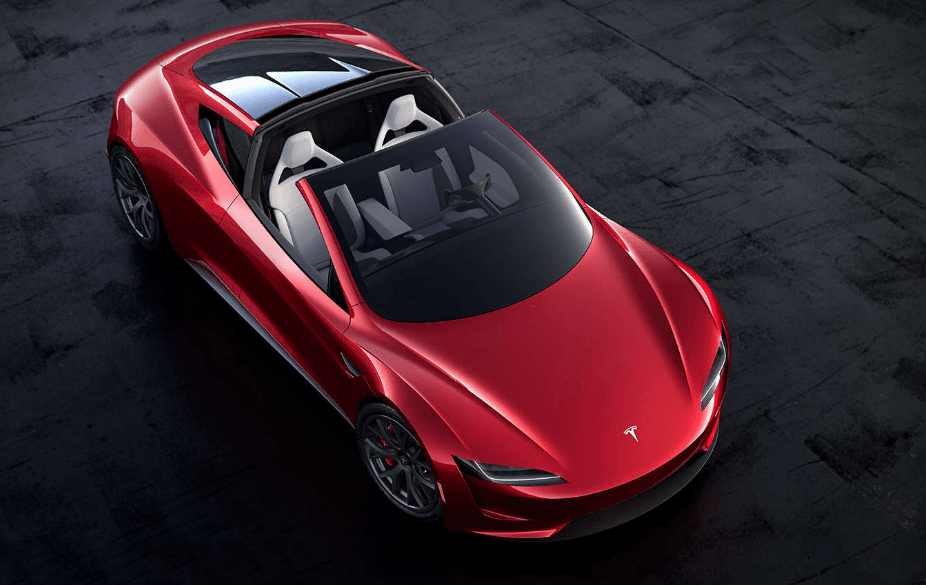In the ever-evolving landscape of electric vehicles (EVs), Tesla has consistently led the charge by pushing the boundaries of innovation. Recently, Tesla’s adoption of Lithium Iron Phosphate (LFP) batteries has made headlines, promising a significant shift in battery technology. Notably, LFP batteries are set to drive the EV revolution forward by offering a safer, cheaper, and more sustainable alternative to traditional lithium-ion batteries. In this article, we’ll explore how Tesla’s advanced LFP batteries are revolutionizing the EV industry, delving into their benefits, implications for the market, and practical aspects for consumers.
What Are LFP Batteries and Why Are They Important?
Understanding LFP Technology
LFP, or Lithium Iron Phosphate, batteries are a type of lithium-ion battery that use iron phosphate as the cathode material. Unlike their nickel-cobalt-aluminum (NCA) counterparts, LFP batteries are known for their stability and longevity. According to Battery University, these batteries have a longer cycle life and are less prone to overheating, making them a safer choice for EVs.
Benefits of LFP Batteries
- Safety and Stability: LFP batteries are less likely to catch fire, offering peace of mind to EV owners.
- Cost-Effectiveness: With lower production costs, LFP batteries make EVs more accessible to a broader audience.
- Sustainability: LFP batteries do not rely on cobalt, reducing the environmental and ethical concerns associated with cobalt mining.
These attributes make LFP batteries an attractive option for manufacturers looking to produce affordable and sustainable EVs.
Tesla’s Strategic Move Towards LFP
Historical Context and Market Dynamics
Tesla’s decision to adopt LFP batteries aligns with its commitment to sustainability and innovation. In 2020, Tesla began using LFP batteries in its Model 3 vehicles produced in China, as reported by Reuters Mobility. This strategic move allowed Tesla to reduce production costs while maintaining vehicle performance, a crucial factor in staying competitive in the global EV market.
Expansion and Global Impact
In 2022, Tesla announced plans to expand the use of LFP batteries across its entire lineup, including the popular Model Y. This expansion is expected to influence the global EV supply chain significantly, encouraging other manufacturers to consider LFP technology. According to Bloomberg Green, this could potentially lead to a paradigm shift in how EV batteries are produced and utilized worldwide.
Practical Considerations for Consumers
Charging and Range
One common concern with LFP batteries is their energy density, which is slightly lower than that of traditional lithium-ion batteries. However, Tesla has optimized its vehicles to compensate for this. Here are some tips for maximizing your EV’s range with LFP batteries:
- Regular Charging: Make use of Tesla’s Supercharger network for quick and efficient charging.
- Software Updates: Ensure your vehicle’s software is up-to-date to benefit from improvements in battery management.
- Energy-Saving Modes: Utilize energy-saving features to extend your vehicle’s range.
Where to Buy Tesla EVs with LFP Batteries
Tesla’s Model 3 and Model Y with LFP batteries are available globally, with production facilities in the United States, China, and Europe. Prospective buyers can visit Tesla’s official website to configure and order their vehicles.
Comparing LFP with Other Battery Types
When considering an EV, it’s essential to compare battery technologies. Here’s a quick comparison between LFP and other common battery types:
- LFP vs. NCA: LFP offers better safety and longer life, while NCA provides higher energy density.
- LFP vs. NCM (Nickel Cobalt Manganese): LFP is more cost-effective and sustainable, whereas NCM offers higher performance.
The Future of LFP Batteries in the EV Industry
As we look to the future, the adoption of LFP batteries is poised to reshape the EV industry. According to IEA, the global demand for EVs is expected to triple by 2030, and LFP technology will play a crucial role in meeting this demand sustainably. Tesla’s innovative approach to battery technology is likely to inspire other companies, fostering a more competitive and environmentally friendly market.
Conclusion: Driving Towards a Greener Future
In summary, Tesla’s advanced LFP batteries are not just a technological advancement but a catalyst for the EV revolution. By prioritizing safety, affordability, and sustainability, Tesla is setting a new standard in the industry. As consumers, understanding these developments can help make informed decisions when transitioning to electric vehicles.
Are you ready to join the EV revolution? Explore Tesla’s offerings and consider how LFP technology can benefit you. With the automotive industry rapidly evolving, now is the perfect time to embrace cleaner, greener transportation. What do you think will be the next big leap in EV technology? Share your thoughts in the comments below!

